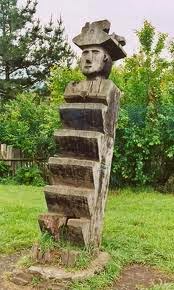Datian
Warlord
So far we've had science civs (Korea and Scotland), warriors (Mongols and Zulus), religious (Georgia), traders (Cree, Netherlands), we're lacking on the cultural front - I know my classification of civs could be discussed for lenghts but you get the idea.
The Chemamull has to be an UI, generating culture and faith - maybe more when the civ is at war ?
Mapuche resisted conquest and cultural assimilation, perhaps something like double culture and loyalty, or a combat bonus, when attacked ?
The Chemamull has to be an UI, generating culture and faith - maybe more when the civ is at war ?
Mapuche resisted conquest and cultural assimilation, perhaps something like double culture and loyalty, or a combat bonus, when attacked ?



